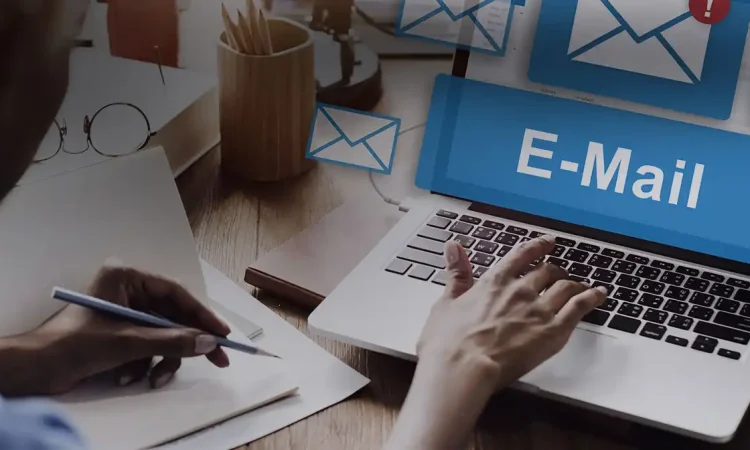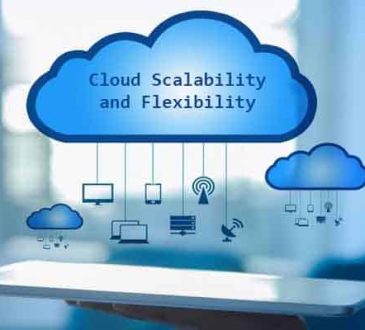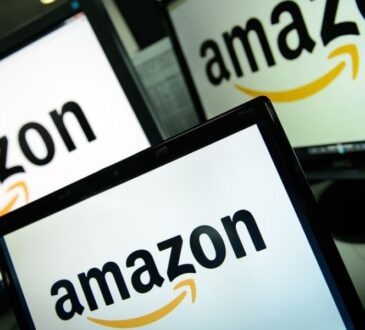
Customers don’t wait anymore. They research, compare, and ask questions in real time, often outside business hours. That’s why Live Chat And Email Outsourcing has become a practical path for companies that want faster response times, consistent quality, and 24/7 coverage without ballooning overhead. Done well, outsourcing tightens service levels, keeps brand voice intact, and scales effortlessly during promotions or seasonal spikes. Many teams partner with specialists like Hit Rate Solutions to run chat and email queues as an extension of their in‑house staff, sharing playbooks, data, and goals. This guide breaks down where live chat shines, how email outsourcing boosts consistency, cost considerations, and the trends that will shape digital customer service through 2025.
Why live chat is becoming essential in customer service
Live chat sits at the intersection of speed and convenience. It’s immediate enough to rescue a stalled checkout, but still flexible for multitasking customers who can’t hop on a call.
What makes live chat indispensable
- Real-time reassurance: Quick answers reduce abandonment, especially for pricing, shipping, or setup questions.
- Lower friction than phone: Shorter queues, easy transcripts, and fewer transfers.
- Conversion lift: Proactive chat on high-intent pages can nudge undecided buyers with just-in-time help.
- Efficient triage: One agent can handle multiple chats at once, which lowers cost per contact compared to voice.
Human + automation
Chatbots handle routine FAQs, capturing intent and context. But escalation to skilled agents keeps conversations on‑brand and empathetic. The winning model blends deflection (for simple queries) with human specialists for orders, billing, or technical issues. Providers like Hit Rate Solutions typically set clear handoff rules and escalation paths, so customers feel guided, not bounced. For many teams, live chat is now the frontline channel for pre‑sales questions and quick support, with email used for complex follow‑ups and documentation.
Email outsourcing for faster and more consistent replies
Email is still the backbone for complex cases, account issues, and B2B requests that need approvals or attachments. The challenge is keeping responses both fast and consistent at scale.
Why outsource email support
- Backlog control: An external team absorbs volume bursts and clears queues on SLA.
- Consistent tone: Trained agents follow brand voice, templates, and knowledge articles.
- QA and coaching: Regular calibrations keep responses accurate and on message.
What changes when it’s handled by specialists
Outsourcing partners stand up workflows, intake rules, macros, and tagging, that remove guesswork. They segment inboxes by priority and complexity, tune service-level targets by category, and watch leading indicators (first response time, reopen rate, CSAT) in real time. Many companies see response times drop from multi‑day averages to same‑day or sub‑hour for priority tickets. With a partner like Hit Rate Solutions, teams also gain capacity for proactive tasks: sending follow‑ups, chasing verifications, or closing the loop after a chat handoff, all without derailing internal projects.
Cost benefits of outsourcing digital communication
Building an in‑house chat and email operation means recruiting, training, scheduling, software, QA, workforce management, and coverage for vacations and peaks. The hidden cost is utilization, idle time between contacts or during slow periods.
Where the savings come from
- Shared expertise: Outsourcers spread WFM, QA, and training overhead across clients.
- Flexible staffing: Add or reduce seats without long hiring cycles.
- Follow‑the‑sun coverage: No need to staff nights/weekends locally.
- Tooling included: Many providers bring chat platforms, ticketing integrations, and QA software.
A practical way to model it
Consider a team that needs 6 FTE to cover business hours and peaks. Fully loaded (recruiting, benefits, tooling, management), the monthly cost often surprises leaders. An outsourcing model can align pricing to outcomes, per conversation, per ticket, or per FTE, with guaranteed SLAs. Because live chat agents can handle concurrent sessions and email volume can be work‑batched, the same output often requires fewer hours. Partners like Hit Rate Solutions also reduce rework through better knowledge management, which quietly lowers cost per resolution over time.
Balancing personalization with efficiency
Customers want answers fast, but they also want to feel heard. The trick is building response systems that preserve empathy without slowing agents to a crawl.
Playbooks that keep replies human
- Persona‑based templates: Drafts optimized for different scenarios (new buyer, repeat customer, VIP, technical user).
- Smart snippets: Reusable paragraphs for policies, tailored with dynamic fields (names, order IDs, links).
- Tone and clarity rules: Short sentences, minimal jargon, clear next steps.
Guardrails that prevent robotic replies
Agents should personalize at the edges, acknowledge the situation, reflect the customer’s goal, and offer one clear resolution path. QA programs can score empathy, accuracy, and ownership, not just speed. Many outsourcing teams, including Hit Rate Solutions, maintain brand‑specific style guides and run frequent calibrations with internal stakeholders. That keeps the voice consistent across live chat and email, while macros and knowledge articles handle the heavy lifting. The outcome: faster responses that still feel written for one person, not a crowd.
How 24/7 support increases customer satisfaction
When customers get stuck at 2 a.m., the difference between a churn risk and a loyal fan can be a single helpful reply.
Why round‑the‑clock matters
- Global buyers: Time zones shouldn’t equal delays.
- High‑stakes moments: Password locks, payment hiccups, or shipping anxieties don’t wait until morning.
- Revenue saves: Abandoned carts drop when a chat agent can answer a last‑mile question on the spot.
The operating model
A follow‑the‑sun setup routes chats and emails to on‑duty teams across regions. Overnight, simple queries are deflected by bots or quick‑reply agents: complex issues are acknowledged immediately and queued with context for daytime specialists. With clear SLAs (e.g., instant chat response, under‑1‑hour for urgent emails), CSAT rises because customers feel seen, even when resolution requires a handoff. Outsourcing partners make this practical by handling staffing, scheduling, and quality uniformly across shifts so off‑hours contact doesn’t feel second‑tier.
Meeting rising expectations in digital-first markets
Digital‑first customers compare every interaction to their best experience anywhere else. They expect live chat to connect instantly and email replies to be timely and precise. They also expect continuity, no repeating details across channels.
Foundations to get right
- Unified context: Surface CRM, order history, and past tickets in the agent workspace.
- Clear SLAs: Differentiate targets by channel and case type: publish them.
- Frictionless escalation: From bot to human, chat to email, or agent to specialist without re‑explaining.
- Accessibility and mobile‑first design: Chat widgets and emails that work beautifully on phones and assistive tech.
Implementation tips
Start with a pilot focused on one clear objective, e.g., cut chat response to under 30 seconds or reduce email backlog by 50%. Co‑create playbooks and approval rules, then expand by product line or region. Providers such as Hit Rate Solutions typically run weekly reviews on volume, sentiment, and top drivers, feeding insights back to product or policy teams. That loop, support informing the business, is where outsourcing starts paying dividends beyond the queue.




